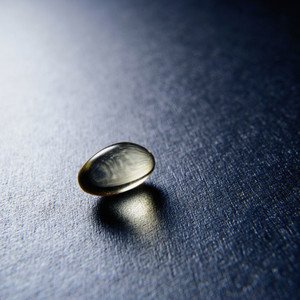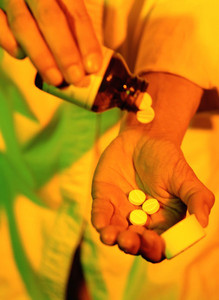Hungary will next month announce economic reforms and there are fears that they could include cuts of about 30% to the national drug reimbursement bill. The size of this proposed figure implies massive changes in the Hungarian drug market.
Speculation that Hungary will slash drug reimbursement
Home/Policies & Legislation
|
Posted 04/02/2011
 0
Post your comment
0
Post your comment

Mr Gyorgy Matolcsy, the Minister for National Economy in the government elected in April 2010, has said that savings of as much as US$490 million (Euros 357 million, around 30%) are possible to spending on drugs by the national health insurance fund, whose drugs bill was over US$1.7 billion (Euros 1.2 billion) in 2010, 5% more than planned for the year.
The industry has reacted sharply. Analysts at IHS Global Insight point out that “a fairly significant number” of innovative drugs are reimbursed in Hungary, and the possibility that reimbursement of these could be either reduced or cut completely would represent “a very negative prospect” for pharmaceutical companies operating in the country.
Plans to favour increased prescription of cheaper drugs have already been announced, and considerable room exists for increased generic penetration on the Hungarian market. However encouraging this by reducing payments for patented drugs so abruptly is causing much protest. Dr Eszter Sinkó of the Semmelweis University in Budapest, Hungary, is quoted in a local newspaper as saying that there may be negative consequences for the health of Hungarians, as well as reduced turnover for pharmaceutical companies.
There is already a perception in Hungary that too much of the cost of reimbursed medicines is covered from out-of-pocket payments. Local opponents argue that if some drugs become inaccessible to certain patients this would merely increase the burden on the Hungarian public purse. The consequence of a lack of access to medicines would be more sick leaves for employees, and by implication, a greater burden on the hospital or primary-care system.
The new strategy has yet to be unveiled, so perhaps it will not be as harsh as feared.
Source: Reuters, IHS Global Insight, PharmaTimes.
Guidelines
New guidance for biologicals in Pakistan and Hong Kong’s independent drug regulatory authority
Canada poised to remove requirement for Phase III trials for biosimilars
Most viewed articles
The best selling biotechnology drugs of 2008: the next biosimilars targets
Global biosimilars guideline development – EGA’s perspective
Related content
ANVISA tackles 24-month backlog in biologicals post-registration petitions
US EO: delivering Most-Favored-Nation Prescription Drug Pricing to American patients
Uruguay to establish independent AUVISA drug agency for healthcare reform
Malaysia announces Screening Package for new drugs and biologicals
ANVISA tackles 24-month backlog in biologicals post-registration petitions

Home/Policies & Legislation Posted 10/10/2025
US EO: delivering Most-Favored-Nation Prescription Drug Pricing to American patients

Home/Policies & Legislation Posted 03/10/2025
Uruguay to establish independent AUVISA drug agency for healthcare reform

Home/Policies & Legislation Posted 17/09/2025
Malaysia announces Screening Package for new drugs and biologicals

Home/Policies & Legislation Posted 25/08/2025
The best selling biotechnology drugs of 2008: the next biosimilars targets






Post your comment